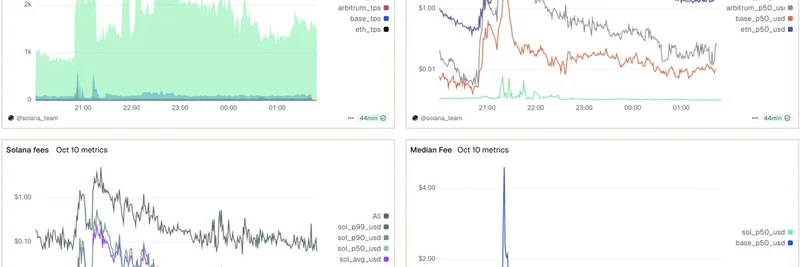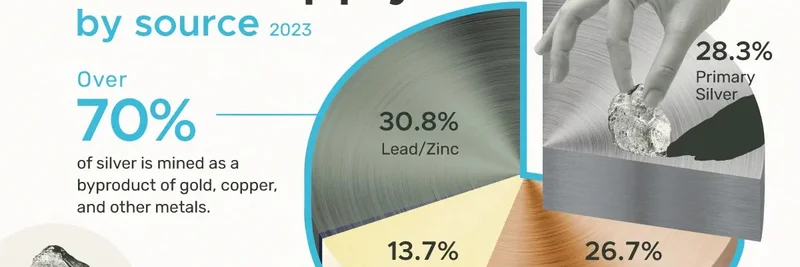In the fast-paced world of cryptocurrency, where market swings can happen in the blink of an eye, blockchain performance is everything. Recently, Max Resnick, Lead Economist at Anza, took to X (formerly Twitter) to highlight Solana's impressive handling of a volatile trading day. His post celebrates the network's success and argues that you don't need a modular approach—like the one used by Ethereum's Layer 2 solutions—to achieve massive scale.
Breaking Down Solana's Big Win
Resnick points out that the hard work from teams like Anza, Jump Firedancer, Triton One, Helius Labs, and Phantom has paid off. On October 10, 2025, amid intense market movements, Solana crushed it in terms of reliability and efficiency. If we're comparing it to other chains, it's an A++ performance. But even on its own merits, there's room for improvement—and the team knows exactly what to tweak next.
What makes this noteworthy? Building a blockchain capable of supporting global markets means delivering top-notch service, especially when things get chaotic. Volatility tests networks to their limits, and Solana came out on top compared to other Layer 1s, Layer 2s, and even centralized exchanges.
The Charts Tell the Story
The accompanying charts from a Dune dashboard paint a clear picture. Let's unpack them:
Transactions Per Second (TPS): Solana spikes up to around 3,000 TPS, dwarfing Ethereum, Base, and Arbitrum. This means the network processed way more activity without buckling.
Median Fee (Log Scale): While other chains saw fees skyrocket—sometimes hitting $100 or more—Solana kept things steady and affordable.
Solana Fees Breakdown: Even within Solana's own metrics, average and percentile fees remained low, showing consistent performance.
Median Fee Comparison: A stark visual of how competitors' fees exploded, while Solana's line stays calm and flat.
For context, TPS measures how many transactions a blockchain can handle per second—think of it as the highway's capacity during rush hour. Low fees during spikes are crucial because high costs can price out everyday users, like meme token traders chasing the next pump.
Why This Matters for Meme Tokens
Meme tokens thrive on Solana precisely because of its speed and low costs. Platforms like Pump.fun and Raydium allow for rapid launches and trades, fueling the meme coin craze. During volatile periods, when everyone wants in on the action, networks like Base or Arbitrum might see fees balloon, making trades unprofitable for small players.
Solana's monolithic design—where everything is integrated into one layer—proves it can scale without the complexity of modular systems. This vindication means more confidence for developers building meme-related dApps, DEXs, and tools. If you're a blockchain practitioner dipping into memes, Solana's reliability could mean the difference between catching a 10x and getting rekt by network congestion.
Looking Ahead: Room for Growth
Resnick emphasizes that while today was a win, the journey isn't over. Solana's teams are already eyeing optimizations to push the envelope further. For meme insiders, this signals a maturing ecosystem where high-stakes trading—whether it's blue-chip DeFi or viral cat coins—can happen seamlessly.
If you're tracking the latest in blockchain tech and meme tokens, keep an eye on Solana. It's not just surviving volatility; it's thriving in it, setting the stage for the next wave of innovation in the crypto space.



